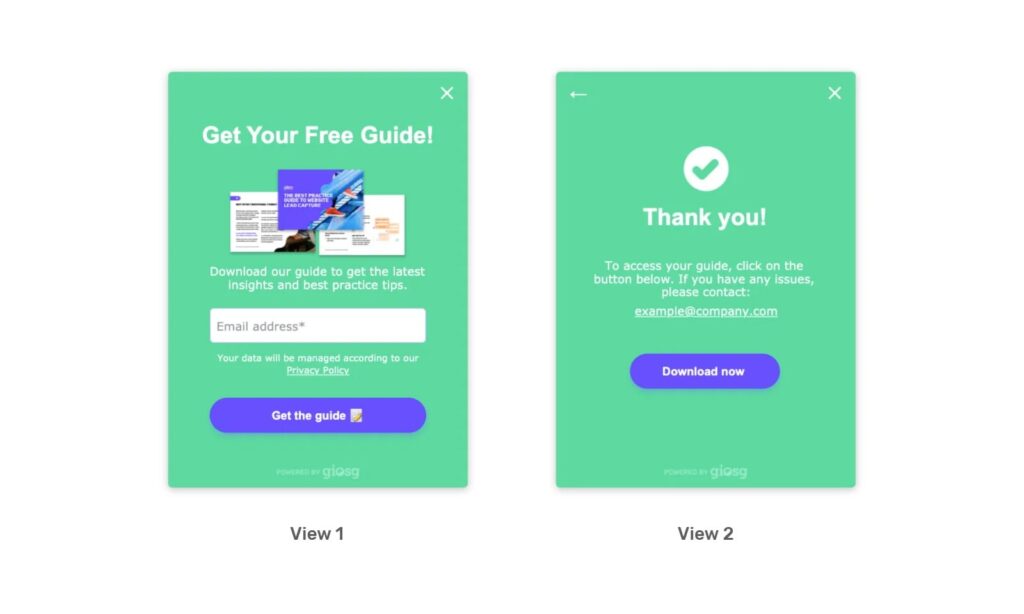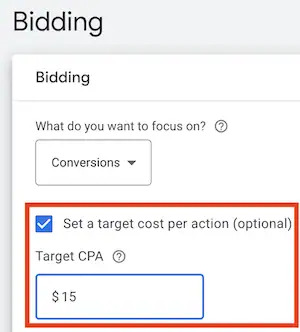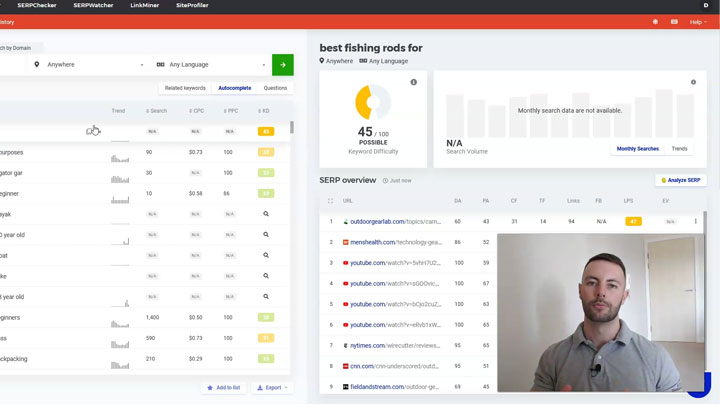Quick Answer: CPL stands for Cost-Per-Lead & it refers to the amount of money that it costs you on average to acquire a new lead. In this blog post, we explain what leads are, why they’re important & how you can drastically reduce your CPL with a few small changes.
As an affiliate marketer, CPL is a term that you’ll no doubt come across at some point.
In short, CPL stands for Cost-Per-Lead & it refers to the amount of money that it costs you to acquire a new lead.
In case you don’t already know, a lead is somebody who has shown interest in the product/service you’re promoting & provided their contact information to find out more.
So, with that in mind, CPL is an important metric to measure because the lower your CPL is, the more money you can make as an affiliate.
In this blog post, I’ll explain everything there is you need to know about CPL & most importantly, I’ll explain how you can drastically reduce it with a few minor tweaks.
Free Training
Become a Super Affiliate Marketer 🚀
Sign up for our free affiliate marketing training & learn how you can become a super affiliate in any niche. Discover powerful traffic generation methods & little-known tactics to generate the most revenue for every single click.
CPL Meaning Explained
As mentioned above, CPL stands for Cost-Per-Lead & it’s a metric that’s used to measure how much it costs you to generate new leads through advertising.
A lead is somebody who’s shown interest in whatever it is you’re promoting & has provided their details for you to follow up with them so that they can find out more.
As an example, if you were advertising a page on which people are asked to input their email addresses to learn more about your product/service, then this would be known as your “lead form” & anybody who submits their email would be known as a lead.

A lead doesn’t have to be just an email address, though.
Depending on your business, you may require more information before it constitutes as a lead. As an example, if you’re in the real estate business, you may require somebody to enter their home address and phone number.
As a rule of thumb, though, the more details you ask for, the higher your CPL will be.
If none of that is quite making sense to you just yet, then let me run through some CPL marketing examples below to give you a better understanding.
CPL Marketing Examples
Let’s say you have a niche affiliate website on which you promote robotic lawnmowers.
On that website, you’ve created a page that asks people to input their email addresses to subscribe to your robot lawnmower newsletter.
You advertise the page through Google Ads at a cost of £500 and you get 100 people to enter their email.
£500 (total cost) divided by 100 (total leads) = £5.
Your Cost-Per-Lead (CPL) would be £5.
CPL vs PPL: What’s The Difference?
Alongside CPL, PPL may be another term that you’ve stumbled across. They’re very similar, but they have a few key differences.
As you now know, CPL stands for Cost-Per-Lead. PPL, on the other hand, stands for Pay-Per-Lead.
In short, PPL is essentially the reverse of CPL.
CPL refers to how much it costs you to generate a lead, whilst PPL refers to how much an affiliate program is willing to pay you per lead.
PPL is a form of Cost-Per-Action (CPA) marketing.
Lots of people like CPA marketing because of its simplicity. For example, if you can find a program that offers $10 PPL & you can achieve a CPL less than that, then you will be able to turn an easy profit.
As you can imagine, it’s not quite as easy as it sounds – but it’s possible when you have a good understanding of paid advertising & conversion optimization.
It’s one of the things we cover in our free affiliate marketing training.
What Is a Good CPL?
So, you now know what CPL is… But what is a good CPL?
Well, I’ll be honest here – this question is essentially like asking how long is a piece of string.
You see, there any many factors that affect CPL & it will vary greatly depending on your chosen niche.
However, there is one safe way to describe a good CPL & that is that a good CPL should always be less than the amount you can earn from each lead you generate.
So, if your earnings per lead (EPL) are $5 and your CPL is $1, then $1 is a great CPL.
Similarly, if your CPL is $1,000 but your earnings per lead are $1,500, then that is still a great CPL.
The problem with CPL, however, arises when it becomes higher than your EPL. If you’re paying more per lead than what you’re earning, that’s a big problem.
Thankfully, there are a few easy ways to fix this that many people often overlook.
High CPL Fix: How To Reduce CPL
A high CPL in itself isn’t a bad thing, but when your CPL becomes higher than your EPL (how much you earn per lead), then that’s a big problem.
So, how do you fix it & reduce your CPL?
Well, the first step is to take a look at your lead capturing process.
Are you asking visitors for more details than you actually need?
The fewer details you ask for, the higher your conversion rates will become & in turn, through increased conversions, you’ll be able to achieve a lower CPL.
For example, if you’re asking for both a person’s name, email and phone number, you may find that just asking for an email increases your conversions.
But this will involve some trial & error as you may find that without the additional details, your CPL may drop, but your sales conversions may also take a hit.
It’s all about finding a happy medium of asking for a little as possible, but asking for enough to actually convert the visitor into a sale.
Once you’ve tweaked your landing page to increase your conversion rates as best as you can, the next step is to focus on your spending.
In Google Ads, for example, you can set a target CPA. This stands for “Cost Per Action” and it tells Google you want to achieve actions for $x or less.

So, if your goal is to generate leads and you set a target CPA of $5, then Google will attempt to get you those leads for $5 or less.
If your CPL is too high, you may want to reduce your target CPA setting (or switch to a target CPA goal if you don’t already have it enabled).
Again, though, this will require some trial & error because if you set your target CPA too low then your campaign will become choked & you’ll stop getting any leads at all.
In other platforms that don’t have a target CPA setting, you’ll want to look at reducing your CPC (Cost-Per-Click). This, as the name suggests, is how much you’re willing to pay for each click on your ad.
Reducing your CPC can lower your CPL, but it can also reduce the quality of the traffic that you’re getting so you may find that once again, sales conversions take a hit too.
The trend here, as you can likely guess, is trial and error.
There will a point, though, where your CPL simply will not go any lower. Once you’ve hit that point, it’s all about focusing on increasing your EPC.
One of the most popular ways to increase EPC is to create a funnel in combination with an email followup sequence & use it to promote multiple products to your leads, instead of just one.
And usually, these types of funnels feature a high-ticket product as the final pitch to really maximize the earnings from each user that goes through the funnel.
We explain more about funnel creation in our free step-by-step training course.
The Bottom Line
Well, there you have it – that’s CPL demystified.
So, if you were confused about CPL & how to reduce your CPL, then I hope that this posted has proved to be helpful.
Of course, if you still happen to have any further questions or comments, then don’t hesitate to leave them below.
If you found there to be too many terms to handle, be sure to check out our affiliate marketing glossary. That’ll demystify all of the other terms used throughout this post. 🙌
And if you’d like to get a more in-depth look as to how you can leverage funnels & email followup sequences to increase your EPCs & maximize your profit per lead, then be sure to sign up for our free training course before you leave.
In it, you’ll learn everything you need to know about becoming a super affiliate marketer online. 💪


